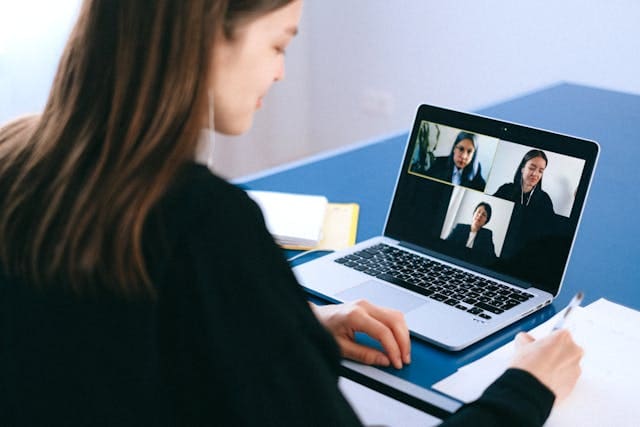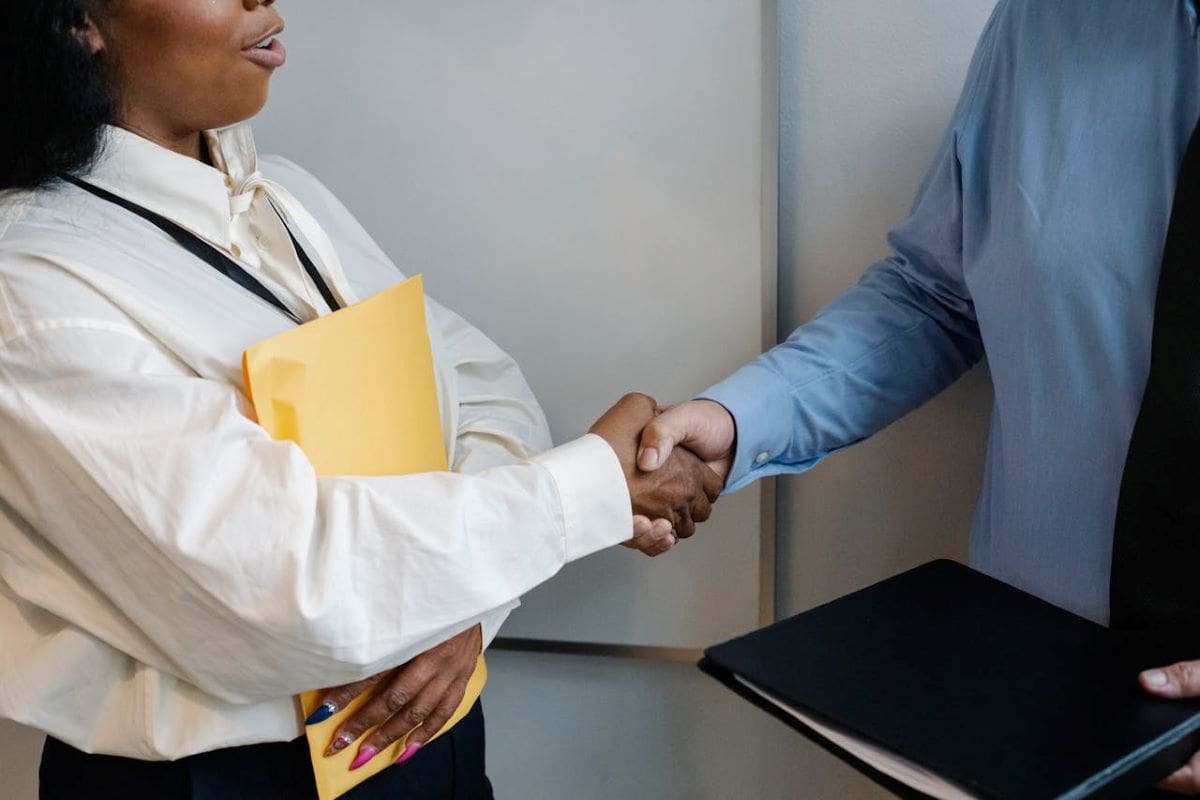Body Language and Interview Success: What You Need to Know
Several job interviews and no offers? It might be a sign that you need to revise your strategy and work on your communication. When it comes to job interviews, your qualifications and experience are paramount, but your body language plays a crucial role in making a lasting impression. Mastering interview body language can be the difference between landing your dream job and being overlooked. Here’s what you need to know to convey confidence, competence, and enthusiasm.
The power of first impressions
First impressions are formed within the first few seconds of meeting someone, and your interview body language is a significant part of that. From the moment you walk into the room, your posture, movements, and facial expressions are under scrutiny. Standing tall with shoulders back and walking with purpose signals confidence. A firm handshake paired with a warm smile can truly set a positive tone for the conversation.
Interview body language dos and don’ts
Understanding the dos and don’ts of interview body language can help you navigate this critical aspect of non-verbal communication.
The recipe for success? In a nutshell, do maintain an open posture, as crossed arms can come across as defensive. Do sit up straight to convey attentiveness and interest. Use hand gestures during the interview to emphasize points, but ensure they are controlled and not overly dramatic. On the flip side, don’t fidget or make nervous movements, as these can distract from what you’re saying. Don’t slouch or lean back excessively, as it can indicate a lack of interest or confidence.
Eye contact
Maintaining appropriate eye contact during an interview is essential. It shows that you are engaged, honest, and confident. However, it’s a fine balance to strike. Too much eye contact can be perceived as aggressive or intimidating, while too little can make you seem evasive or uninterested. Aim for steady, natural eye contact. When listening, nod occasionally to show understanding and agreement.
When speaking, shift your gaze periodically to avoid staring. This makes the interaction feel more natural and comfortable for both you and the interviewer.
Hand gestures
Hand gestures during an interview can significantly enhance your verbal communication when used appropriately. Gestures can help articulate your thoughts and make your explanations more vivid and engaging. For instance, open palms can suggest honesty, while steepled fingers can convey confidence and authority. However, be mindful of overuse or distracting movements. Resting your hands gently on your lap or the table when not gesturing keeps you looking composed. Avoid pointing or chopping motions, as these can seem aggressive.
Facial expressions
Your facial expressions during an interview convey your emotions and reactions instantly. A genuine smile can create a warm connection with the interviewer, indicating that you are friendly and approachable. Conversely, a lack of expression or a frown can signal disinterest or discomfort. Ensure that your facial expressions align with the tone of the conversation. Nodding and raising your eyebrows slightly can show that you are engaged and interested in what the interviewer is saying. Avoid exaggerated expressions which might come across as insincere or overly enthusiastic.
The takeaway – mastering non-verbal communication
Mastering your interview body language is an art that can significantly influence your interview success. By being aware of your posture, eye contact, hand gestures, and facial expressions, you can convey a strong and positive image.
Remember, your body language can speak volumes before you even utter a word, so make sure it’s saying all the right things – practice interview body language dos and don’ts to show yourself as a confident, competent, and enthusiastic professional.
Want to learn how to master digital interviews in the digital age? Check out our article.




